Pennsylvania Civil War 150 Road Show
Posted By Norman Gasbarro on July 5, 2011

The Road Show of Pennsylvania Civil War 150 stopped in Philadelphia for the Fourth of July Weekend this year and was the highlight of the festivities held at Franklin Square. The Road Show is a traveling, interactive exhibition of photographs, maps, artifacts and documents that tell the stories of Pennsylvanians who were caught up in the Civil War.
The Road Show is housed in what appears to be a double-wide trailer that can be easily moved about and set up a different locations in the state. It was was designed by Metcalf Architecture & Design of Philadelphia.
Upon entry, the visitor is greeted with a statement providing an overview of the exhibits:
Transformations: Pennsylvanians and the Civil War
The Civil War between the Union (North) and Confederacy (South) was the deadliest war in American history. It restored the union, abolished slavery and increased the power of the federal government.
Only one major battle took place in Pennsylvania, but Pennsylvanians in every county were transformed by the War and affected by its outcome.
Pennsylvanians experienced the war personally, responding in different ways; they were inspired to action; they offered courageous aid; they waited anxiously; and when it was over, they remembered how it had changed their lives.
One of the first things the visitor sees is a map entitled “Pennsylvania and the Civil War.” Unfortunately, the exhibit curators chose a map from 1857 rather than from the actual Civil War years.
To the 1857 map of Pennsylvania, a number of symbols were added to show major centers of raw materials and manufacturing. Railroads are represented by dotted black lines and canals by solid blue lines.
A section of the map for Upper Dauphin County is shown above. Correctly placed is the symbol for “farming” (a barn and silo) – squarely in the Lykens Valley area. However, it is hard to imagine where the manufacturing center of textiles was located in Jackson Township, also farm country. What is not included is the Northern Central Railroad which ran north from Harrisburg to Sunbury and which was such an important strategic factor in Gen. Robert E. Lee’s invasion of Pennsylvania. Several posts here on this blog have emphasized the role played by the railroad that ran up along the eastern bank of the Susquehanna River – through Halifax, Millersburg, and Herndon – three communities that saw tens of thousands of troops pass through on the way to and from the war. Of lesser importance was the rail line from Lykens to Millersburg which should also be shown – bus isn’t. Likewise, the importance of Harrisburg as the “Crossroads of the Union,” is not emphasized by this map, nor can the important escape route of the Underground Railroad be shown. It would be advisable for the curators to re-design this important exhibit element so that it better reflects the conditions present in Pennsylvania at the beginning of the war in 1861.
Moving about the exhibit the visitor can see reproductions of items from the period – an example is shown above. There are several displays and story boards. There are also some stereoscopic viewers that can be peered into to see scenes of the time. There is a good effort to show many different aspects of the war as well how different groups and individuals fared during and after the struggle.
To show how women had to adapt during the war, the Schwalm family of Schuylkill County is portrayed. Portraits of Samuel Schwalm and Elizabeth Schwalm surround a slide board telling how the duties of Elizabeth changed before and during the war. This blog is familiar with the Schwalms as they were the subject of a post and are included in the Civil War Research Project.
The sign board states that Samuel Schwalm and Elizabeth Schwalm were German immigrants. Were the Schwalm’s German immigrants? Hardly! Part of the confusion in understanding the history of the Lykens Valley area is the fact that German remained a home language well into the 19th century for most of the descendants of the German immigrants who arrived in Pennsylvania in the early part of the 18th century. These Pennsylvania “Dutch” are described in an early post on this blog and a series of posts on the Pennsylvania “Dutch” culture followed. The Schwalm family was part of that uniquely American blend of the old German ways of more than a century before and the adaptation necessary for living in a new, multicultural society. The original repository of the Johannes Schwalm Historical Society was the Gratz Historical Society before being re-located to the Franklin and Marshall College Shadek-Fakenthal Library. The Gratz Historical Society still maintains many of the Schwalm items in duplicate, including a near-complete set of the journals.
The above portion of the Census of 1860 from Hegins Township, Schuylkill County clearly shows that the Schwalm’s were born in Pennsylvania (underlines added in red). Census forms are one of the major resources available to researchers and copies are saved in the Civil War Research Projectcollection with the records of each of the more than 2000 veterans who had some connection with the Lykens Valley area.
Another feature of the Road Show is the video slide shows that cover aspects of the war – such as the Grand Army of the Republic (G.A.R.), the organization of Union veterans that played an important role in the post-war period – and the screen shown above, which describes the horrors of Andersonville, the notorious prisoner of war camp. That slide show on Civil War prisons also diagrams how prisoners escaped Libby Prison by tunneling their way out.
A major effort of the Road Show is to collect information from visitors on how their ancestors contributed to the war effort. In the advertising materials, it is stated:
You can even bring your own family’s Civil War memorabilia and share the stories in the Road Show‘s “Share Your Story” recording booth.
The way is works is this:
Recording instructions are shown on the computer screen and assistance is provided by member of the staff.
The final product is shown on monitors in the exhibit and is also posted on the Pennsylvania Civil War 150 website.
The Road Show has already been in Harrisburg, but will probably return at some point in the future. Upcoming dates and county locations can be found on their website. It is well worth a visit and everyone is urged to bring an artifact and tell a story to add to the knowledge that is gained and research that is being conducted as part of the Pennsylvania Civil War Sesquicentennial activities.
This blog and the Civil War Research Project has received the endorsement of Pennsylvania Civil War 150 and is entitled to display the “endorsed by” logo which is found in the right hand column of the blog.
PA Civil War 150,is a state wide project that is promoting Pennsylvania’s involvement in the Civil War with its own activities, events and website. A great feature of this site is a combined calendar of all civil war related events in the state. Their web address is: http://pacivilwar150.org/
See also Civil War Blog: 22,000 hits!
 ;
;
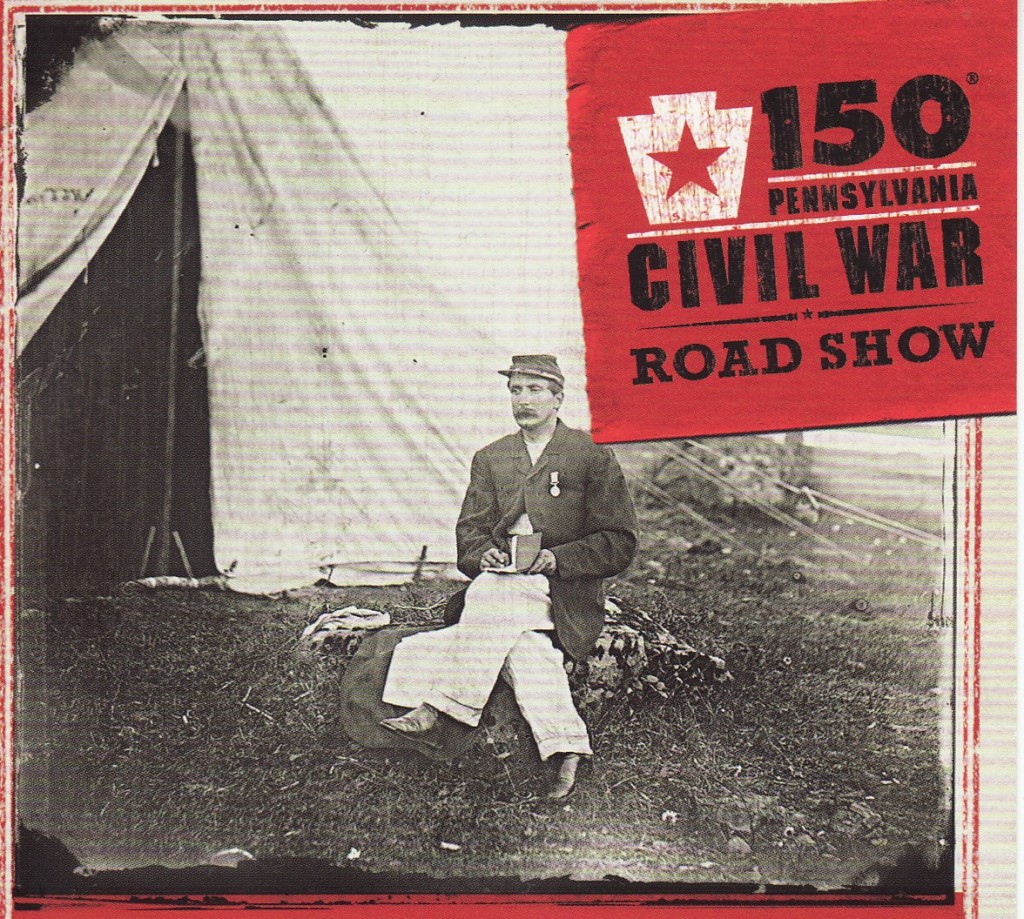
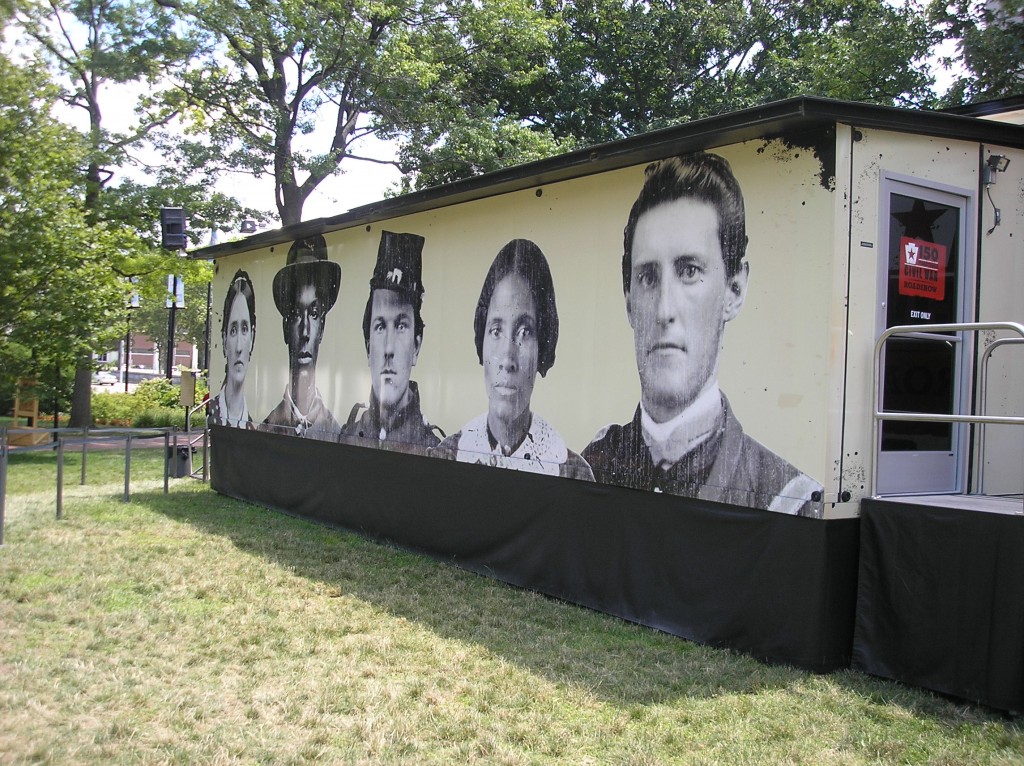
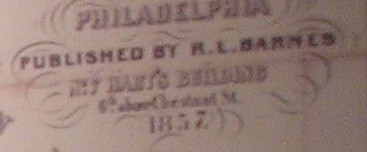
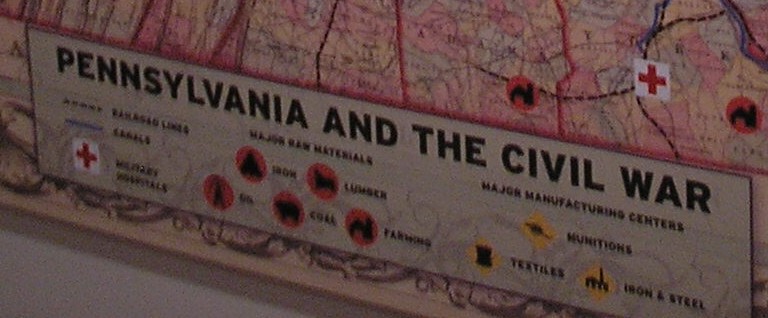

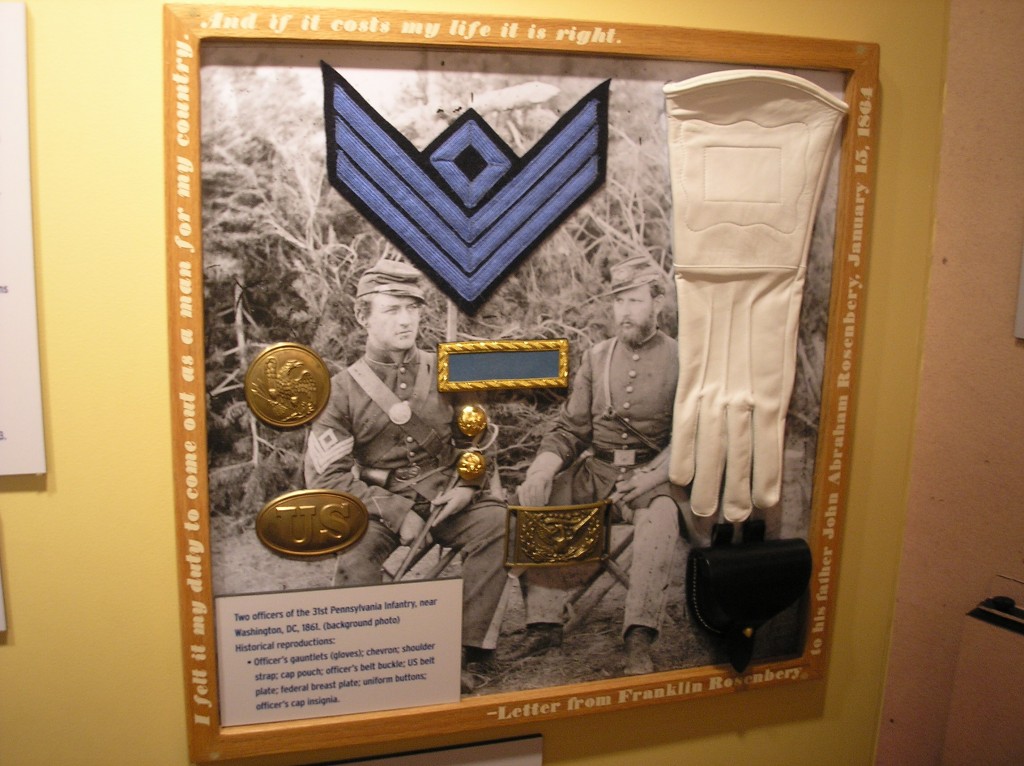
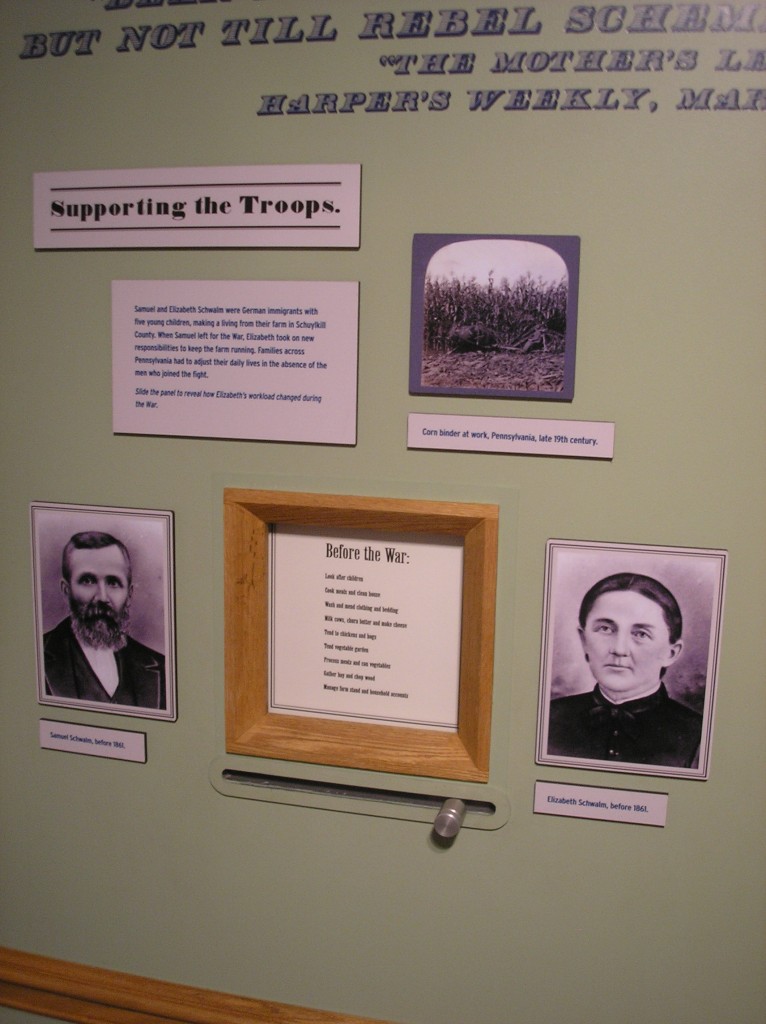
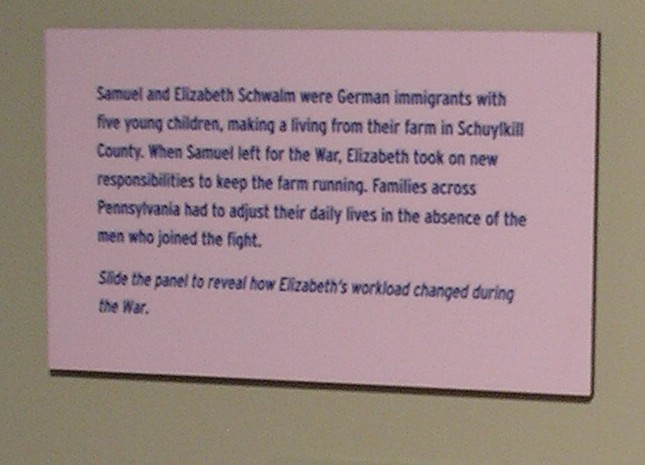
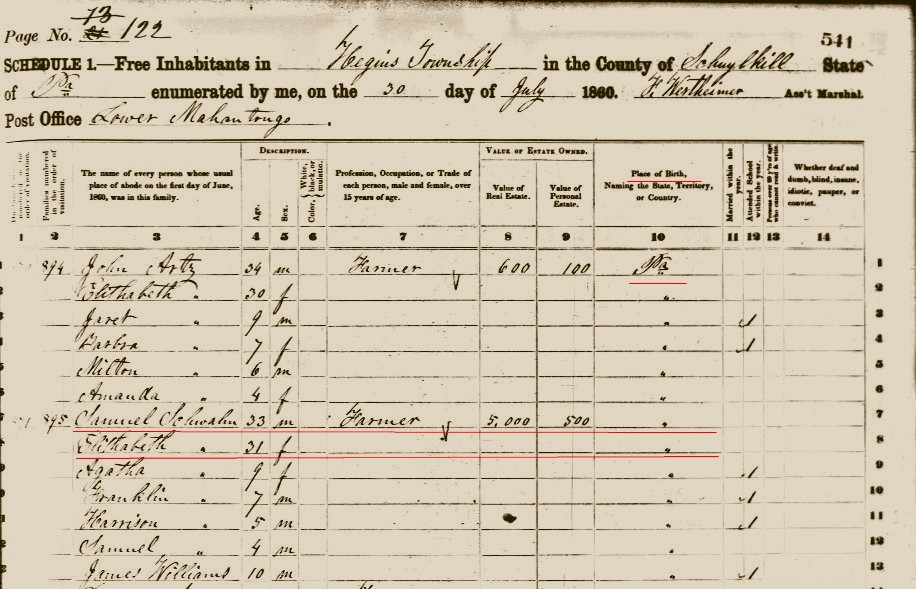
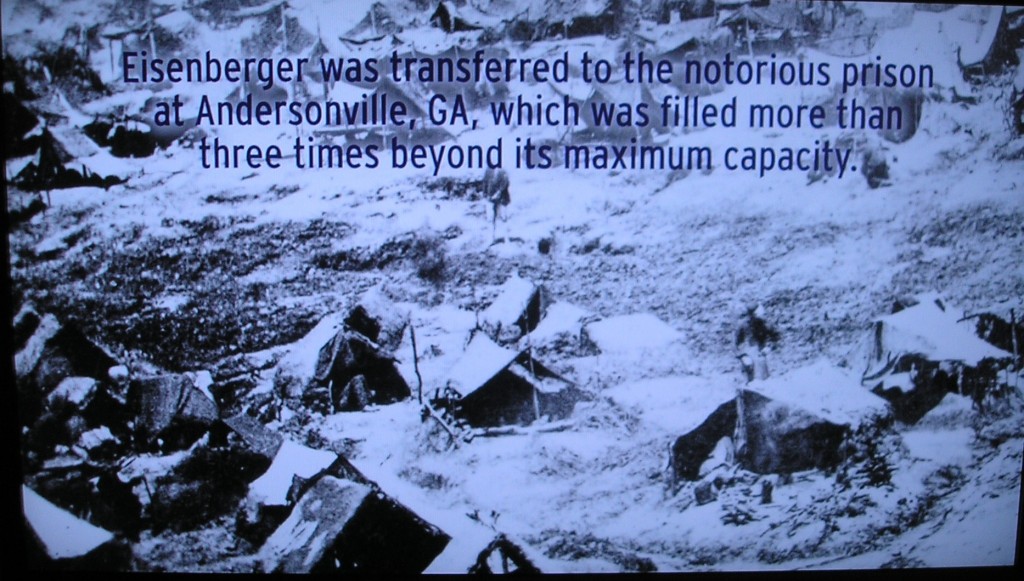
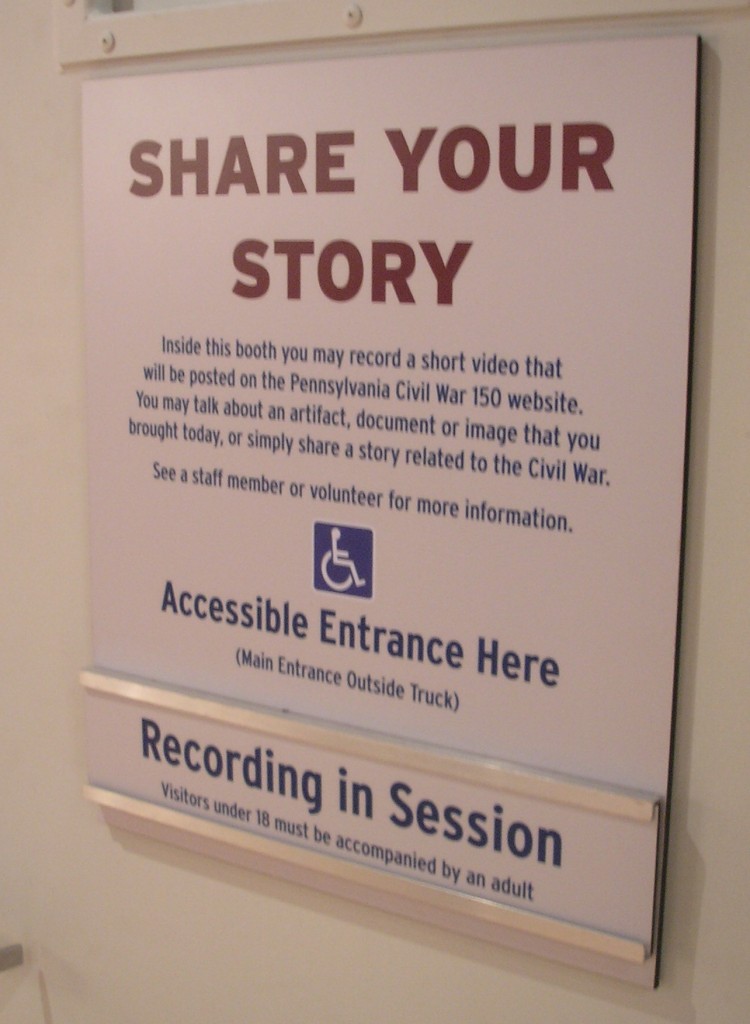
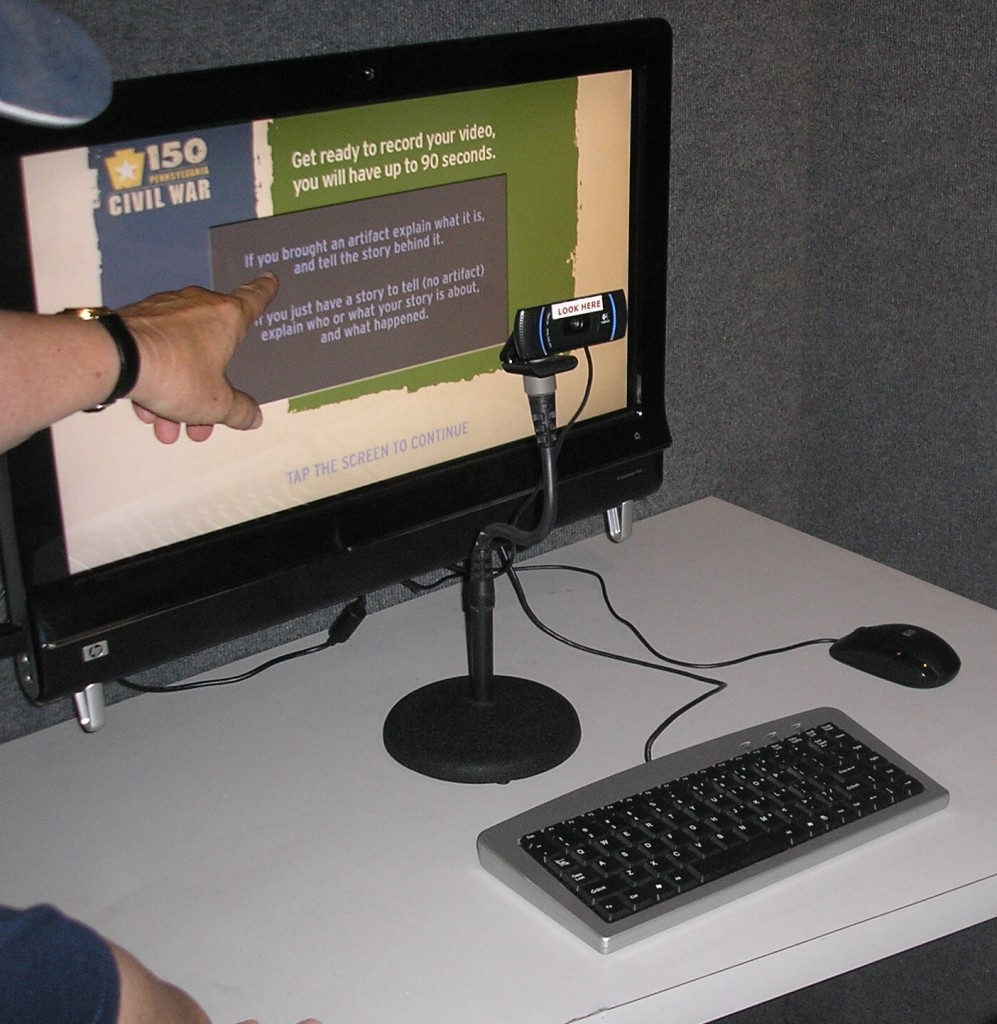
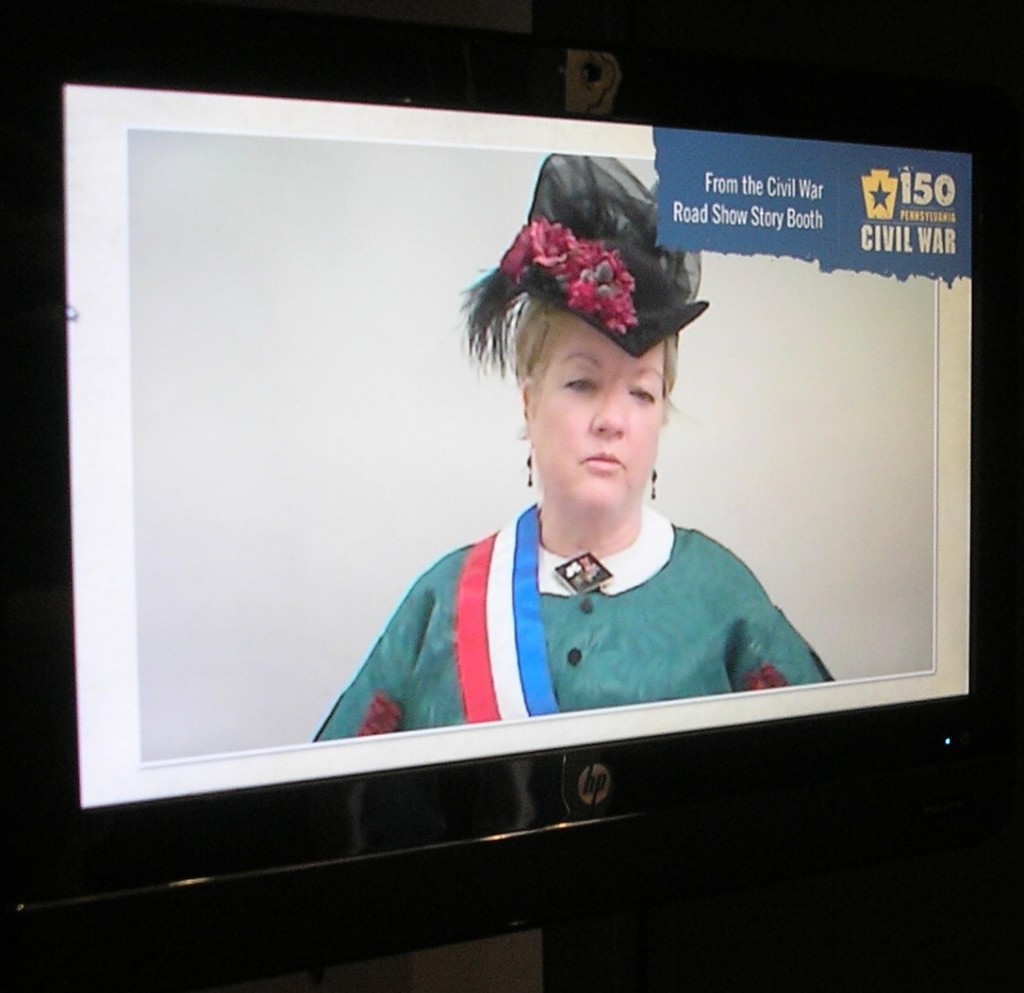


Comments